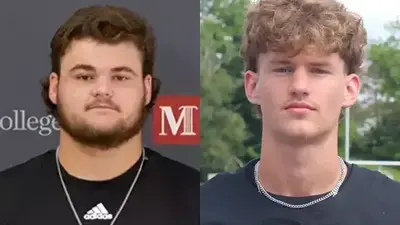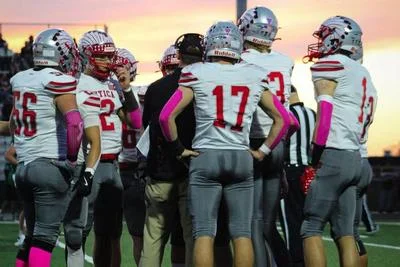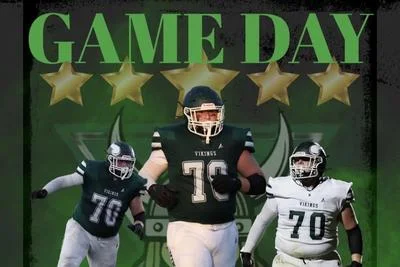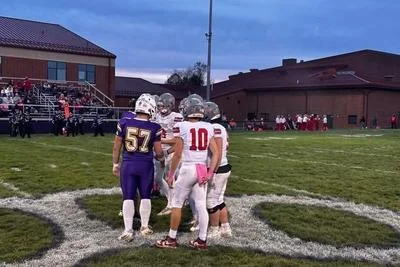Let’s talk student-athletes making money
Back in the day, amateur athletes were, well, amateurs, and were not paid for their skills. Amateur sports was considered pure, as money didn’t enter into the athletes’ love for their games. That may have been an innocent motive, but others were making lots of money off of the amateur performances. Times change, and consideration of the athletes has changed. Even the Olympics, a traditional bastion of amateur sports, has long allowed professional athletes to compete for the gold. In 1986, professional athletes were given permission by the International Federation to compete in each sport of the Olympic Games.
Recent studies have shown that college athletes and their skills bring in more than $14 billion in revenue for college programs, and scarce little goes back to the athletes. Some argue that top college athletes receive free tuition, allowed stipends and the venue to attract professional contracts worth millions. Others argue that the players are employees of the colleges and deserve to earn some of the revenue their schools make off of them.
Another study from the National Bureau of Economic Research showed that if a typical professional collective bargaining agreement were in force with the NCAA, top athletes would receive 50% of the revenue. That equates to an average of $500,000 per year for each player in the Power Five NCAA basketball conferences, and $360,000 per year for NCAA football players. The two highest-paid football positions (starting quarterback and wide receiver) would earn $2.4 million and $1.3 million respectively, and starting basketball players would be paid between $800,000 and $1.2 million per year.
In April 2020, the NCAA finally bowed to public pressure and took a small step forward by announcing that it supports rule changes that allow athletes to be compensated from the use of their names, images and likenesses. This summer, the NCAA announced that incoming and current student-athletes could now make money as social media influencers. In addition to brand partnerships, student-athletes can use their personal following to gain an income.
The NCAA still does not allow colleges and universities to pay athletes like professional sports leagues pay their players – with salaries and benefits – but the new changes will allow college athletes to solicit endorsement deals, sell their own merchandise and make money off of their social media accounts.
How do you feel about it? If anyone is going to make money off of me or my kids, I sure want a piece of it or see that they get paid what they deserve, but there was a certain purity to amateur athletics … I guess you can’t have it both ways. What do YOU think?
Well, there is still pure high school football. The kids get a uni (that they generally have to give back) and an “A” in phys. ed. while showcasing themselves for possible college scholarships, or a picture and recognition as Mount Vernon News Athlete of the Week. So go out and enjoy your high school teams and these student-athletes who play for free.
See you next time.







